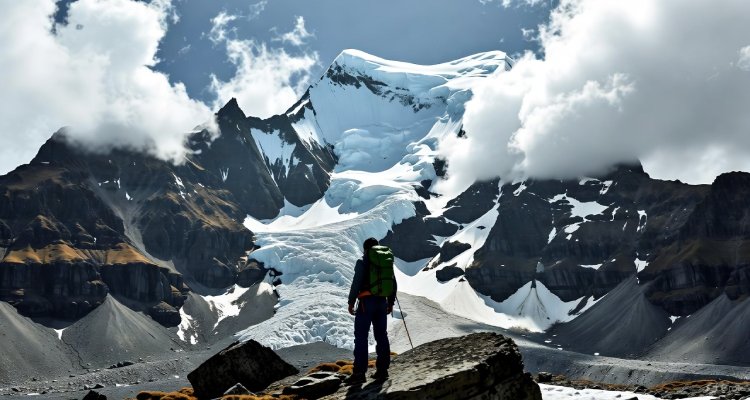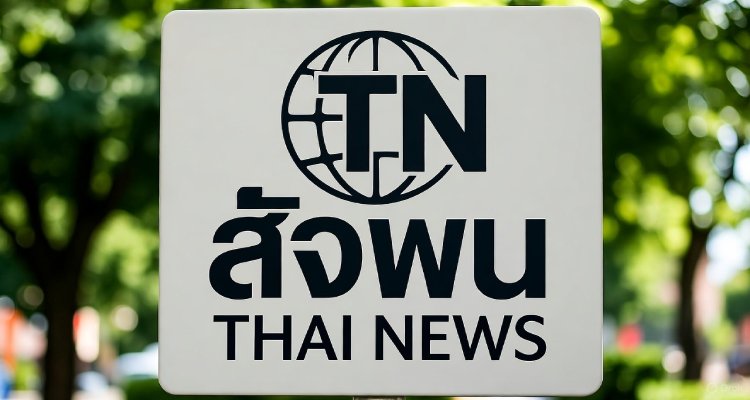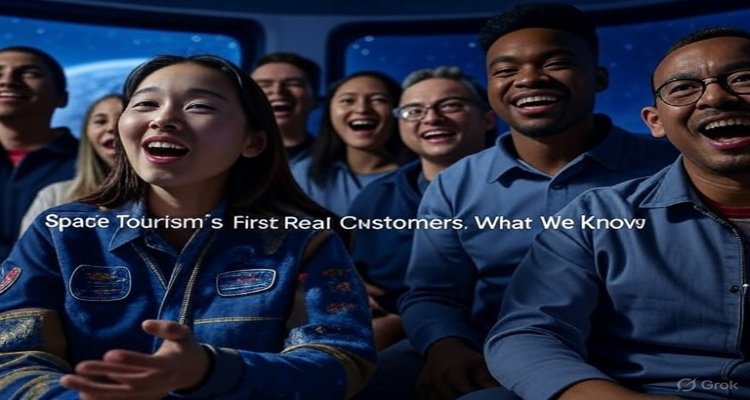Space Tourism’s First Real Customers: What We Know
Space tourism is no longer science fiction—real customers are buying seats. Here’s what we know about the pioneers, challenges, and future of civilian space travel.
Introduction: A New Kind of Passenger Manifest
Not long ago, leaving Earth’s atmosphere was the privilege of career astronauts, military test pilots, and a handful of billionaire-backed experiments. Today, however, the passenger lists are changing. Ordinary citizens—wealthy, adventurous, and sometimes even medically trained—are stepping forward as the first real customers of space tourism. Their journeys mark a historic shift, not just in aerospace, but in the way humanity views travel itself.
Context & Background: From Dream to Marketplace
For decades, space tourism lived on the fringes of possibility. In 2001, American engineer and entrepreneur Dennis Tito became the first civilian to pay for a trip to the International Space Station (ISS), spending $20 million through a Russian Soyuz mission. That one-off stunt seemed like an anomaly—until private companies like SpaceX, Blue Origin, and Virgin Galactic decided to commercialize access to space.
By the early 2020s, these firms had moved beyond experimental flights. Virgin Galactic began flying suborbital tourists for a few minutes of weightlessness, Blue Origin’s New Shepard took customers past the Kármán line, and SpaceX went further—sending civilians into Earth’s orbit for multi-day missions. Suddenly, the line between astronaut and paying passenger blurred.
Main Developments: Who Are the First Real Customers?
The first wave of space tourists is unlike any travel demographic we’ve seen.
- High-Net-Worth Individuals: Seats on orbital missions cost tens of millions of dollars. Billionaires like Jared Isaacman, who financed and commanded SpaceX’s Inspiration4 mission in 2021, are part of this vanguard.
- Celebrities & Cultural Figures: Blue Origin carried William Shatner, the iconic “Star Trek” captain, into space at age 90, turning spaceflight into a cultural event as much as a technical milestone.
- Researchers & Citizen Scientists: Some missions include passengers conducting experiments. For example, Inspiration4 included medical researcher Hayley Arceneaux, a childhood cancer survivor who became the first person in space with a prosthetic implant.
- Early Adopters with Reservations: Virgin Galactic’s list of ticket holders reportedly includes more than 600 people who prepaid long before commercial flights began—proof that enthusiasm for space tourism runs deep.
These individuals are not just thrill-seekers; they are test subjects in a new era of commercial aerospace.
Expert Insight & Public Reaction
Industry experts emphasize both the promise and the risks.
“Every new frontier starts with pioneers who can afford the risks and costs,” notes Dr. Laura Forczyk, a space industry analyst. “But their participation helps lower barriers for the generations that follow.”
Public sentiment remains mixed. Enthusiasts hail it as a democratization of space, while critics argue it’s elitist—a playground for billionaires while Earth grapples with inequality and climate crises. Social media reactions often oscillate between awe and skepticism: admiration for the technological achievement, concern over the carbon footprint, and frustration that only the wealthy can participate—for now.
Impact & Implications: What Comes Next?
The entrance of paying customers into space has ripple effects far beyond aerospace headlines.
- Technological Advancement: Regular civilian flights force companies to prioritize safety, reliability, and reusability—developments that could drive down costs for future travelers.
- Economic Opportunity: Spaceports, training centers, and tourism infrastructure are becoming part of a new supply chain. Analysts predict the space economy could surpass $1 trillion by 2040, with tourism as a key driver.
- Cultural Shift: Just as aviation once transformed from a risky stunt to a global industry, space travel may normalize over time. Seeing “ordinary” people in space reshapes collective imagination about what’s possible.
- Ethical Questions: Who should have access to space? Should governments regulate prices, safety standards, or environmental impacts? The first customers are writing the rules—sometimes literally—with each flight.
Conclusion: From the Few to the Many
Space tourism’s first customers are more than passengers—they’re pioneers, test cases, and cultural symbols. For now, the experience remains out of reach for most of humanity, accessible only to the ultra-wealthy or handpicked participants. Yet history suggests that what starts as a luxury for the few can, over time, evolve into a right of passage for the many.
Whether the industry scales responsibly, sustainably, and inclusively remains to be seen. But one fact is clear: the era of civilian spaceflight has officially begun, and the names of its first customers will be remembered as the spark that made space tourism real.
Disclaimer : This article is based on currently available public information and expert commentary. Future developments in space tourism may shift projections and interpretations.











